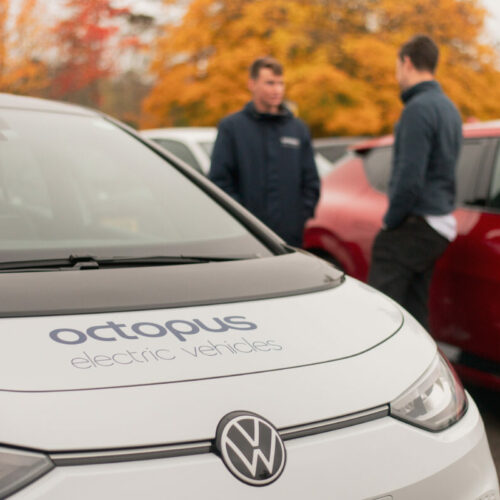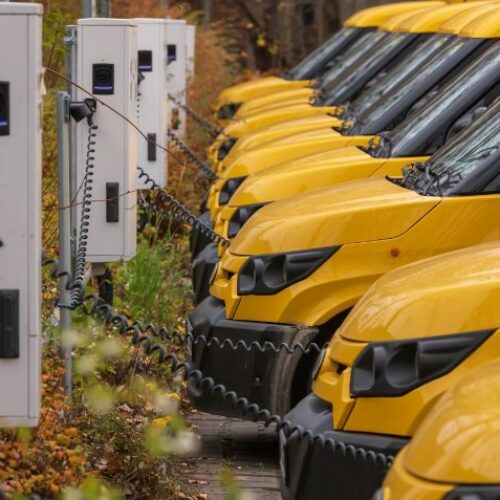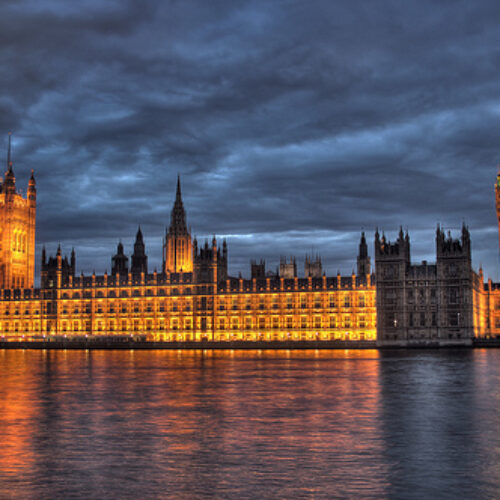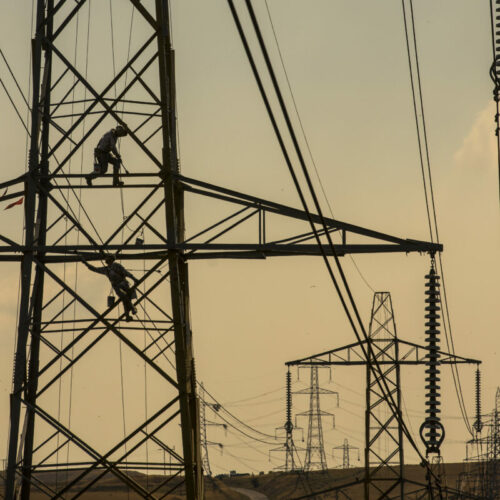Electric vehicle (EV) charging company NewMotion has had a busy year, signing deals with Aldi, Alphabet, Mazda, Char.gy and Osprey to name a few.
In July, Melanie Lane was announced as the new CEO of the company – which is owned by O&G major Shell.
Current± caught up with Lane to find out what her first impressions of the industry are, the impact of the green recovery, and what’s next for NewMotion.
As a relative new-comer to the industry, what are your first impressions in particular during such a challenging time?
One of my observations coming into the industry is just how dynamic it is, how much growth there is, and also just how nascent is. It’s still a very evolving business.
It’s dynamic in terms of the projections on demand for EVs, and therefore in our business for charge points, both at home and at work, and that pull comes from customers directly in homes, it comes from OEMs looking to provide total solutions for their customers, it comes from lease companies, from fleet companies, and also from the corporate sector – companies that want to provide charging facilities at work.
Demand is growing in all of those sectors, pretty consistently. But at the same time, a lot of things are still developing. The infrastructure is still developing, it’s still in its infancy, if you like. If you look at the number of charge points that we have at the moment, even just in the UK, you’re talking about going from 19,000 to half a million by 2030. So it’s still at the early stage of the infrastructure growth.
Likewise, I think we’re still in the early stages of that infrastructure being available in a diverse set of locations for customers. So you’ve got to be present at the home domain, at locations for on-the-go charging, and at the workplace.
Do you think the regulation is in place to drive forwards growth?
I think in terms of regulation, we’re still in the early stages of how regulation will both incentivise usage and incentivise the infrastructure growth. And we’re still in the early stages of having a common ways of working.
For consumers, they need to be really clear on what they’re going to pay and how they’re going to pay for a charging session. Right now many drivers don’t know what they’re going to pay for a public charge session in advance. This is due to many different pricing models of the CPO and MSP involved. We therefore always advise drivers to check our app, because it shows the price, charging speed and availability of a charger in real-time. It even can estimate the costs for a charging session when you’ve personalised it with the details of you EV.
Fascinating in that sense, to be part of the industry at this early part of its journey. And so, yes, the demand is there, and part of our job is just serving that demand through those channels that I talked about. But I think we also have a role to play in customer education, in the broader policy discussions, in working with partners on extending networks and interoperability, and helping consumers to feel much more fluent and confident with a choice to move to an EV vehicle.
Do you think the push for a green recovery will see the EV rollout accelerated?
Yes, certainly. Even if you just look at the projections this year, we’re talking about a step change in the number of new vehicles that are going to be EVs. And if you look at that further out, you’re talking about going to nearly 100 million vehicles by 2030. So it is a massive increase.
I think as we’ve come out of that first wave of COVID, what’s been clear certainly across Europe is that there’s been a real focus on using the stimulus packages associated with recovery, to drive sustainable growth and electric mobility is just one aspect of that.
We’ve seen that renewed focus coming out of COVID, and I think you’ll increasingly see that manifested in sales of EVs, but also in the investment in infrastructure. You’ve seen commitments around that from the UK government, from Germany, from France and the Netherlands, just in the last few months.
So, I think that, but combined with other factors like batteries now. Your average battery will give you much further range. Price points are coming down, so you have other models that are really taking quite a lot of share in the marketplace. So, the Zoe, the Leaf, that are much more accessible vehicles. I think all of those things combined mean that we should see an acceleration of adoption.
It’s not just about the green recovery, I think it’s a number of things coming together. But certainly the government focus on a green recovery is very helpful.
What do you think is particularly driving network agreements at the moment?
There is that sense of the tipping point being imminent. We’re talking about the next couple of years being really key for the total cost of ownership for an ICE vehicle being comparable with an electric vehicle, which is relevant for everyday consumers and drivers, but also very relevant in the fleet sector.
And so as you start to see those projections of EV numbers increasing then I think it provides the urgency and the impetus to all parts of that ecosystem to prepare.
One of those is about interoperability of network agreements, around how all of us in that ecosystem help to facilitate an environment where people feel really confident to make the switch. I think that’s in everybody’s interest, everybody within that ecosystem is working towards creating an environment where the driver feels confident in making a switch.
How is the grid in the UK adapting to the surge in EV ownership and what still needs to change?
Yeah, certainly there’s a lot of focus on grid capacity. I think the capacity of the grid itself to manage demand is important, so the announcement recently by the National Grid around their fast frequency response service – and all of those pieces on the side of the grid – are really important.
But I also think we need to make sure that the norm for charging services is smart technology. The infrastructure that we’re putting in place at people’s homes and workplaces has to have the capability to help manage that demand. Using smart technology as an interface with the grid to ensure that power is used at times of low peak usage, and at times where you’ve got access to higher renewable supply.
So that smart technology is really crucial for the future, and that is pretty standard in some markets. But in the UK, it’s still very much a mix.
And finally, what’s next for NewMotion?
Well it is such an exciting space. The key priorities for us include growing the number of partnerships that we’ve got at the moment. As you know, we’ve got some brilliant partnerships already, through our different channels with BMW, with Mazda, with Ford, with Volvo, with business customers, as well as, locations like Aldi so that’s a really important part of our business that we’re going to continue to focus on.
[Working to] make sure customers, wherever they’re sourcing their EV from that they can get a complete 360 service from us, that they’ve got that available. And that includes the charge point, it includes all of the energy service management, it includes all of the long-term management of that infrastructure for them.
The other thing that is really important for us and this is where we have a unique advantage in working with the broader Shell group, is how we make sure that we’re accessing sustainable energy at all times. And so, being able to bundle energy provision alongside charging hardware and infrastructure is something that’s really important to us.
So at the moment, all the energy that’s consumed on our public roaming network is guaranteed to be sustainable. But to be able to bundle all of that together for consumers, so they can make an integrated switch to home energy or work energy supply, and charging infrastructure and know that all of that is helping to power their energy transition, whether they’re an individual or a business, I think is where we want to go next.




